A casing string is an assembly of steel pipes that are connected and installed in a wellbore to stabilize the drilled hole, prevent collapse, and protect the well from external pressures. These pipes, known as casing pipes, play a critical role in drilling operations, ensuring well integrity and facilitating the safe extraction of oil and gas.
The Importance of Casing Strings in Drilling Operations
In oil and gas drilling, maintaining the integrity of the wellbore is essential for safety, operational efficiency, and reservoir productivity. A casing string is cemented in place to:
Prevent wellbore collapse: The casing supports the drilled hole, preventing loose formations from caving in.
Isolate different geological formations: It prevents crossflow between different pressure zones, ensuring that oil, gas, and water-bearing formations remain separated.
Provide structural support: Casing strings serve as the foundation for further drilling and completion operations.
Protect fresh water aquifers: By isolating freshwater zones, casing pipes prevent contamination from drilling fluids and hydrocarbons.
Control well pressure: They help in managing formation pressures and ensuring well control, reducing the risk of blowouts.
Types of Casing Strings
Casing strings are classified based on their depth and function in the well. The main types include:
1. Conductor Casing (Guide Pipe)
Conductor Casing is the first layer of casing in drilling operations, usually buried tens of meters below the surface. It is mainly used to prevent shallow strata from collapsing, provide initial structural support, and provide a stable foundation for drilling equipment (such as blowout preventers), while guiding the drill bit into deeper strata.
2. Surface Casing
Conductor Casing is the first layer of casing in drilling operations, usually buried tens of meters below the surface. It is mainly used to prevent shallow strata from collapsing, provide initial structural support, and provide a stable foundation for drilling equipment (such as blowout preventers), while guiding the drill bit into deeper strata.
3. Intermediate Casing
It is mainly used to isolate complex formations, such as high-pressure formations, abnormal formations and unstable rock formations, to prevent wellbore collapse. It is suitable for deep and ultra-deep wells, where multiple layers of intermediate casing may need to be installed. It can also improve drilling safety and avoid cross-flow of formation fluids.
4. Production Casing
Running through the entire reservoir, as the final wellbore structure, it is usually required to have high pressure resistance and temperature resistance to ensure long-term safe production, while providing support for the tubing and serving as a channel for the flow of oil and gas.
5. Liner Casing
It is a partial casing that does not extend to the wellhead, but is hung on the intermediate casing to reduce casing costs, reduce the shrinkage of wellbore diameter, and improve drilling efficiency. It is suitable for long well sections or when additional wellhead support is not required.
6. Tieback Casing
Extends a liner casing to the surface for additional support and pressure containment.
Used when additional well control is required.
7.Substructure
Substructure refers to the general name of the lower device accessories of the casing string. Different types of casing have different substructures. The substructure of technical casing and production casing generally consists of the following components from bottom to top: cement guide shoe (or pig iron guide shoe + casing shoe), floating hoop, support ring, casing Centralizer and mud cake scraper pin. The purpose of the casing lower device components is to smoothly run the casing into the well and improve the cementing quality.
8.Tail pipe
The liner is also called the drilling liner. In a well that has been cased, only the open hole section of the casing is filled with cement, and the casing string whose casing apex does not extend to the wellhead is called the liner. Depending on the purpose of running the liner into the well, the liner can be divided into oil production liner, technical liner, protection liner and tie-back liner. The production liner is used as completion casing instead of production casing; the technical liner is used to deepen the technical casing; the protective liner is used to repair damaged or broken casing; the tie-back liner is to tie the lower liner back into the technical casing , covering the damaged casing.
Casing Pipe Connections and Installation
Casing pipes are typically manufactured in 12-meter sections with external threads on both ends, connected using couplings, which are short pipes with internal threads designed to securely join each section. The connection types vary based on well conditions and operational requirements. Round threads (buttress threads) are commonly used in standard wells due to their simplicity and ease of installation, but they offer lower tensile strength compared to advanced options. Premium threads are engineered for high-pressure and high-temperature wells, providing gas-tight seals and enhanced tensile strength, making them ideal for deep and complex drilling environments. For extreme high-pressure applications, flanged connections are used, offering a secure, leak-proof fit that enhances well integrity and safety. During installation, casing is lowered into the wellbore in sections and undergoes a cementing process, where the annular space between the casing and the wellbore is filled with cement slurry. This process provides structural support, isolates different geological formations, and prevents fluid migration between layers, ensuring the well operates efficiently and safely.
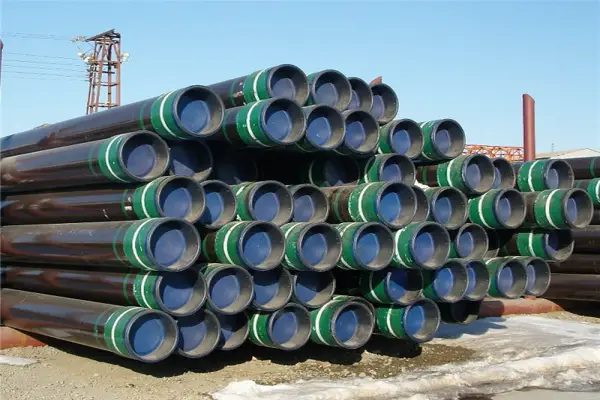
Mechanical Properties of Casing Strings
1. Collapse Resistance (Casing Burst Strength)
Casing pipes must withstand external pressure from rock formations and fluids. The collapse resistance depends on:
Outer diameter (OD) and wall thickness
Material strength and steel grade
Higher collapse resistance is needed in deeper wells where external pressures are greater.
2. Tensile Strength
Casing strings must endure the tensile forces exerted during installation and well operations. The overall tensile strength is influenced by:
The steel grade of the casing body.
The connection type—some threaded connections have lower tensile strength than the pipe body.
The well depth—deeper wells require stronger casings.
3. Compression and Buckling Resistance
Casings are subject to axial loads and must resist compression forces that can lead to buckling, especially in deviated or horizontal wells.
Casing Accessories and Wellhead Equipment
To ensure proper placement and functionality, casing strings are equipped with various accessories:
Casing Head: A wellhead component that supports the weight of the casing and provides a sealing mechanism.
Centralizers: Devices that keep the casing centered in the borehole, ensuring even cement placement.
Scratchers and Wipers: Used to clean the wellbore and improve cement bonding.
Float Collars and Shoes: Help control fluid flow and prevent contamination during casing installation.
API Standards for Casing Pipes
Casing pipes are manufactured according to API 5CT standards, which define the material grades, mechanical properties, and testing requirements for oilfield tubular goods. Common casing grades include:
J55/K55: Standard grades for shallow wells.
N80/L80: Medium-strength grades for deeper wells.
P110: High-strength casing for deep and high-pressure wells.
Q125: Ultra-high-strength casing for extreme well conditions.
Conclusion
A casing string is a crucial component in oil and gas drilling, providing structural integrity, well control, and formation isolation. The selection of casing pipes depends on well depth, pressure conditions, and operational requirements. Proper casing design ensures safe and efficient drilling, minimizing the risks of wellbore instability, formation damage, and pressure control failures.
By following
API 5CT standards and using advanced connection technologies, casing strings help maintain the integrity of modern oil and gas wells, ensuring long-term well performance and safety.






 English
English Español
Español بالعربية
بالعربية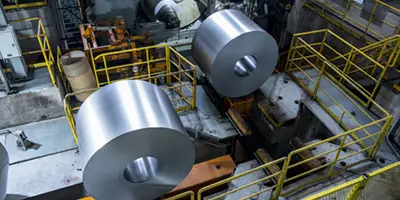

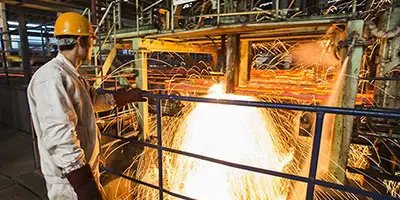
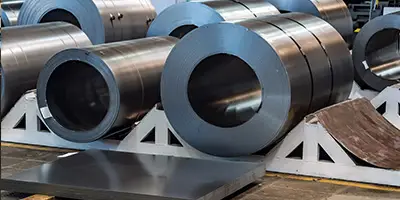

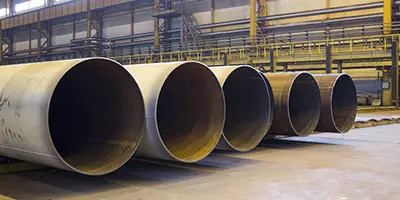
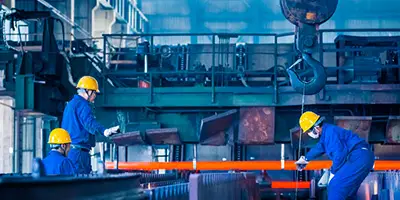
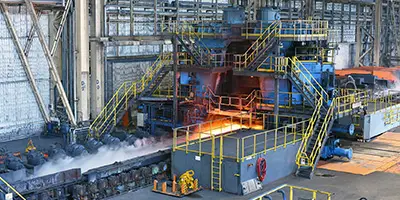
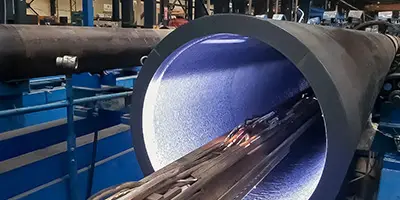
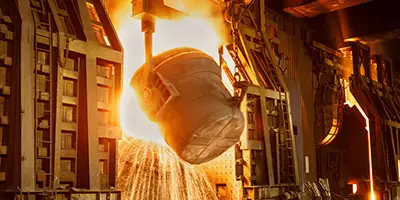


 Phone :
Phone :  Whatsapp :
Whatsapp :  Email :
Email : 


